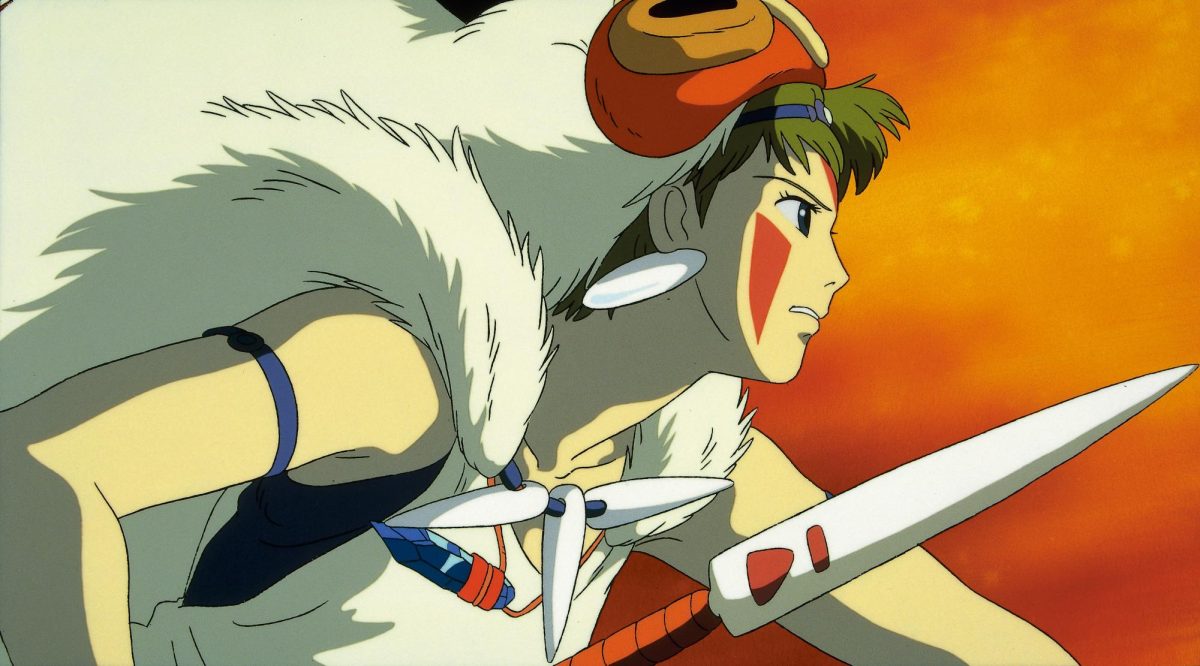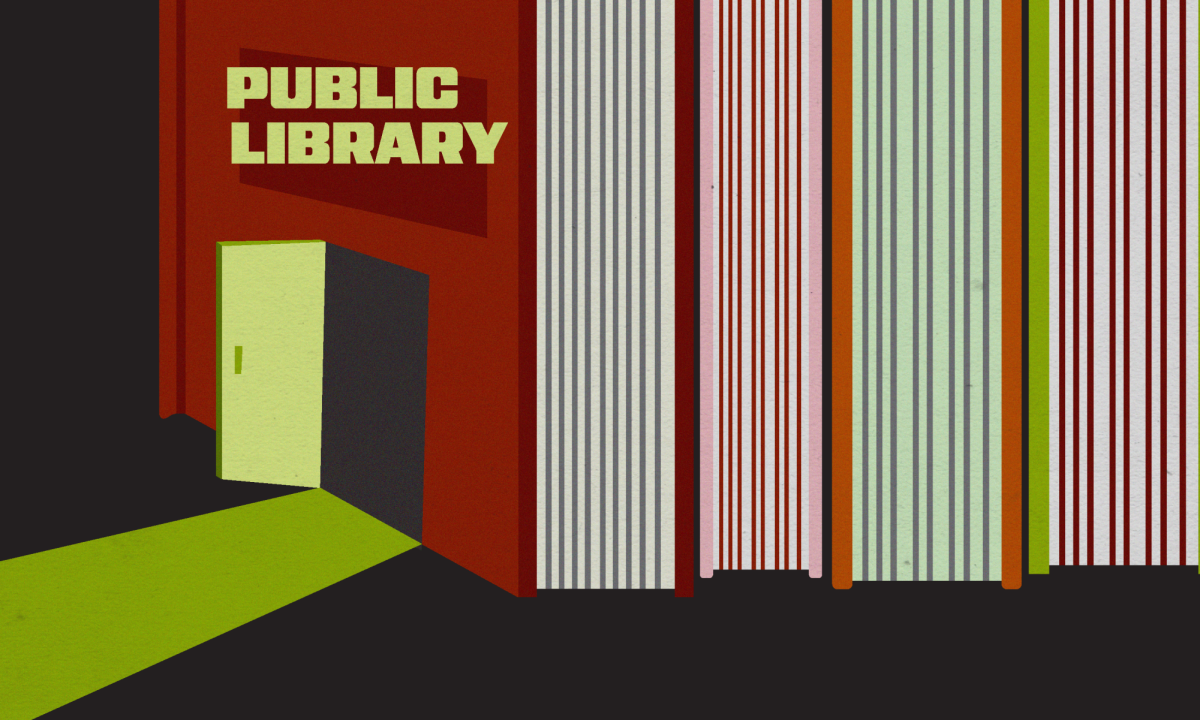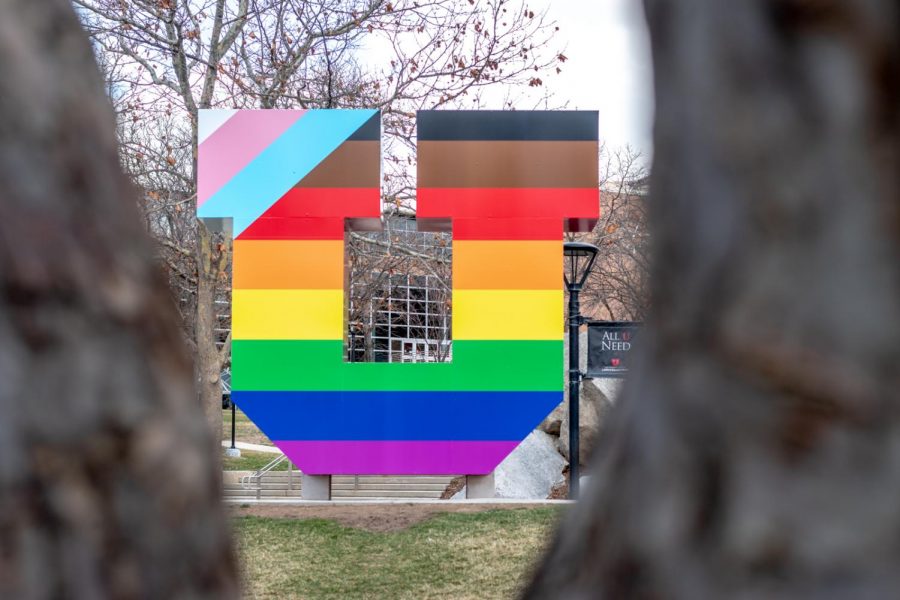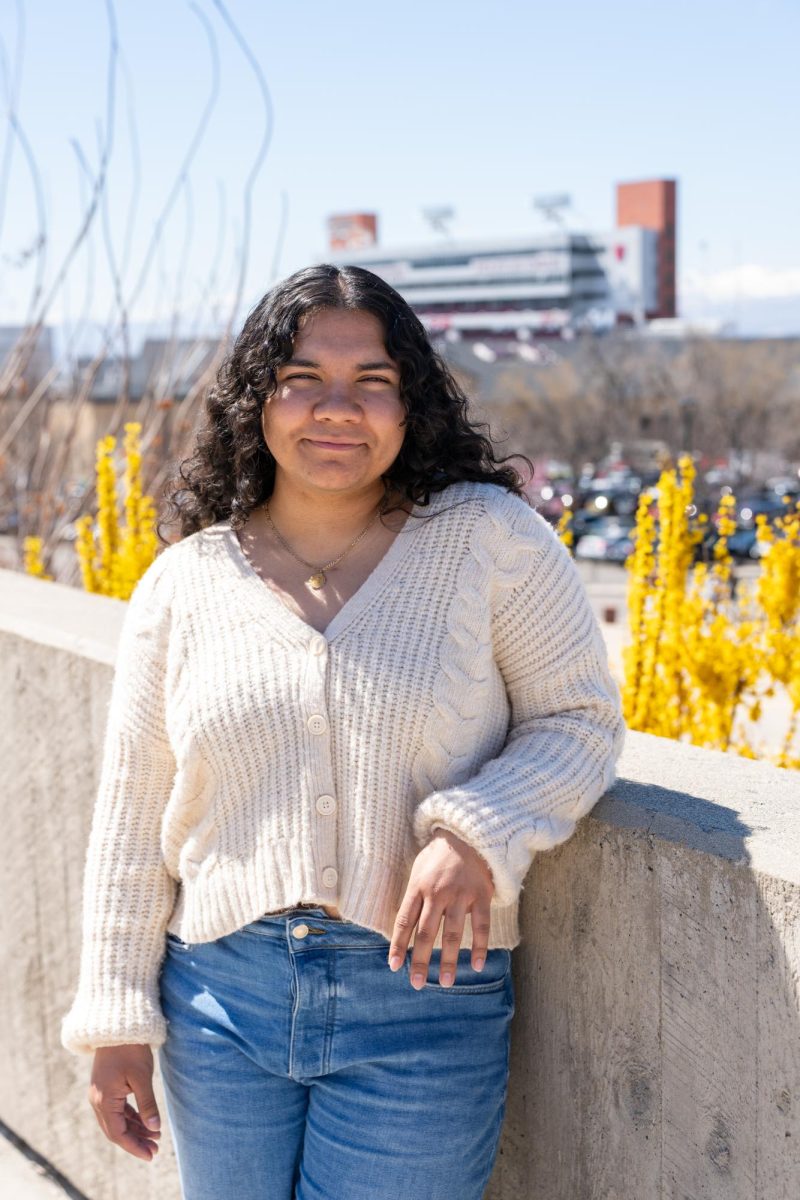In 1991, the Salt Lake Area Gang Project and the U Hospital joined forces to help former gang members finalize their rupture with their past lifestyle by providing gang-related tattoo removal for free.
“A lot of people get these tattoos so they can become members of the groups, and later want to un-affiliate,” said Joseph Ku, one of two chief residents who runs the tattoo-removal program at the U Hospital.
Tattoo removal can cost thousands of dollars, and many of the participants do not have the resources to have these procedures done, Ku said.
Most of the tattoos the residents see are black and deeply set within the skin.
Using a laser, doctors go over the tattoos directly. The beam breaks the pigment into thousands of smaller parts that the body can then absorb, causing the tattoo to fade.
Removal can be somewhat painful, Ku said, but it is a part of the rehabilitation program.
Former gang members are asked to remove their tattoos, which is seen as a final break from their past lifestyle.
The most common types of tattoos seen are names, tears below the eyes and names of the gang with which they were affiliated.
Many tattoos are homemade, using a needle and ink that is poked deep into the skin.
Ku said there is no scarring related to using a laser on these tattoos, which fade with each treatment the patient receives.
The size, color and deepness of the tattoo determine how many treatments the patient receives.
“Some take only five treatments, but I have seen some patients that have had up to 30 and are still not finished,” said Jaime Haidenberg, the other chief resident of the program.
“Oftentimes, no matter how many treatments they receive, there will still be a residual shadow of the tattoo left that cannot be removed,” Ku said.
Each treatment can only be repeated every six weeks and committing to attend appointments to have them removed can be difficult, especially since tattoo removals are only done Fridays at 7 a.m.
According to the program’s Web site, “tattoo removal is a slow process, but for those who are committed to breaking free of their former, destructive lifestyle, it is worth it.”
As chief residents, Ku and Haidenberg said they invest much time and energy into the program and see it as an opportunity to give back to the community.
“People are very grateful for this program because it lets them finally break free from their former lifestyle. Even when part of the tattoos begin to fade, they are very happy,” Ku said of the response to the program.
 Ryan Perkins
Ryan Perkins











